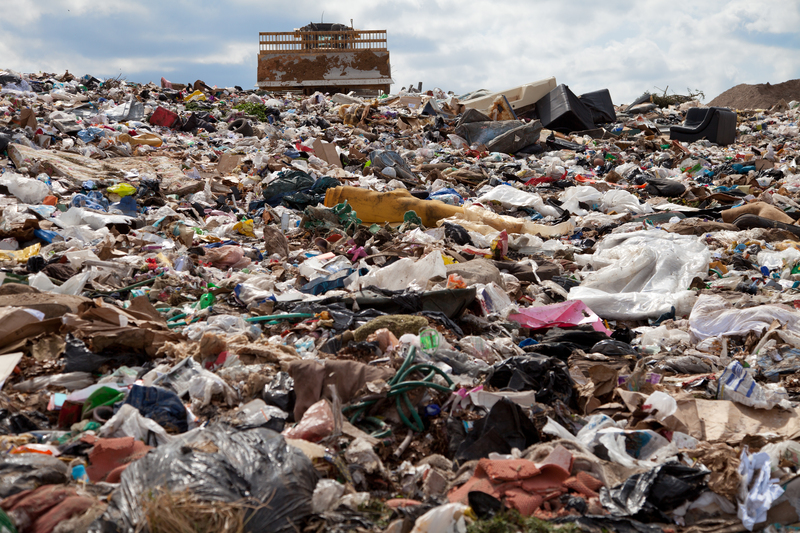Waste Transfer Notes Intro
Posted on 11/04/2025
Waste Transfer Notes (WTNs) are vital documents used in the waste management industry. They serve as proof that waste has been transferred from one party to another, ensuring regulatory compliance and promoting an environmentally responsible waste management system. Essentially, they are legal documents that track the movement of waste from its origin to its disposal site.
The Importance of Waste Transfer Notes
The importance of Waste Transfer Notes cannot be overstated. They help to:
- Ensure that all waste is handled properly and within legal requirements.
- Provide a clear audit trail for waste materials.
- Prevent illegal dumping and fly-tipping.
- Promote recycling and other environmentally-friendly waste disposal methods.

Legal Requirements for Waste Transfer Notes
In many regions, the creation and maintenance of Waste Transfer Notes are mandated by law. The document must include:
- The description of the waste.
- The quantity of the waste.
- How the waste is contained (e.g., bags, skips).
- The time and date of transfer.
- Names and addresses of both parties involved in the transfer.
- SIC code of the transferor.
How to Create a Waste Transfer Note
Creating a Waste Transfer Note involves several key steps:
- Accurate Waste Description: Clearly describe the type and nature of the waste.
- Proper Documentation: Ensure all mandatory information is accurately recorded.
- Signatures: Obtain necessary signatures from both the waste producer and the waste carrier.
- Copies: Maintain copies of the WTN for at least two years.
Digital Waste Transfer Notes
With the rise of digital technology, many businesses are opting for digital Waste Transfer Notes. Digital WTNs offer several advantages, including:
- Better accuracy and less risk of loss.
- Easy storage and retrieval of records.
- Increased efficiency in managing waste transfer processes.
Pros and Cons of Waste Transfer Notes
Understanding the pros and cons of WTNs can help businesses better manage their waste disposal processes.
Pros:
- Ensures regulatory compliance.
- Provides a detailed audit trail.
- Promotes environmental responsibility.
Cons:
- Can be time-consuming to complete.
- Requires diligent record-keeping.
- Potential for human error in documentation.
Tips for Effective Waste Transfer Note Management
- Be Thorough: Ensure all information is complete and accurate. Double-check entries before completing the transfer.
- Train Staff: Provide training to staff on properly filling and managing WTNs.
- Use Digital Tools: Consider using digital tools for easier management and record-keeping.
- Regular Audits: Conduct regular audits to ensure compliance and accuracy.

Takeaways
- WTNs are essential for legal compliance in waste management.
- They ensure environmental responsibility and prevent illegal dumping.
- Proper training and digital tools can streamline WTN processes.
Conclusion
Waste Transfer Notes play a crucial role in maintaining an efficient and environmentally responsible waste management system. By ensuring proper documentation, businesses can remain compliant with regulations, avoid legal pitfalls, and contribute positively to environmental sustainability. While there may be some challenges, such as the time required to complete WTNs and potential human errors, adopting best practices and utilizing digital solutions can significantly streamline the process. In sum, effective management of WTNs is indispensable for any responsible business committed to robust waste management practices.










